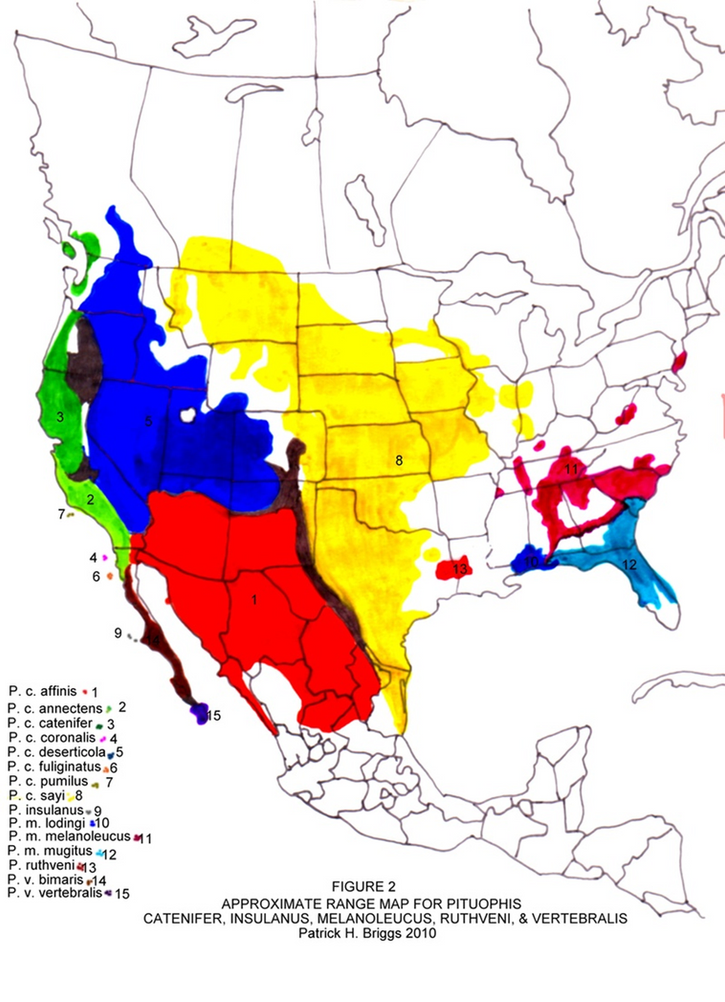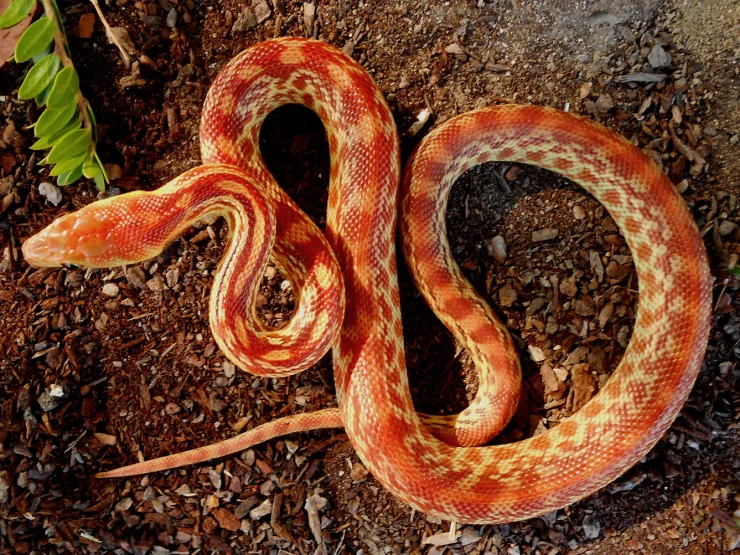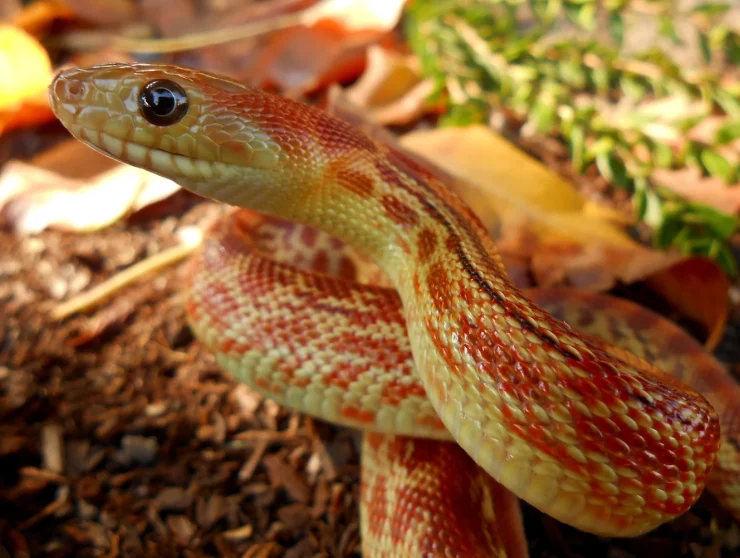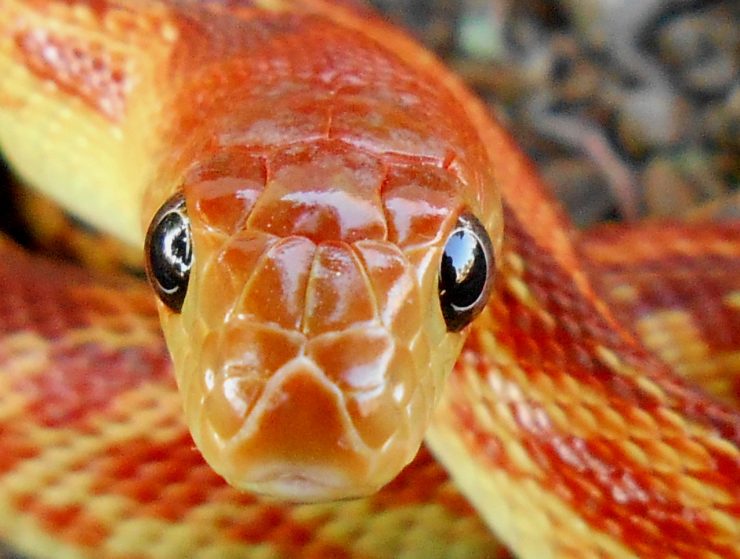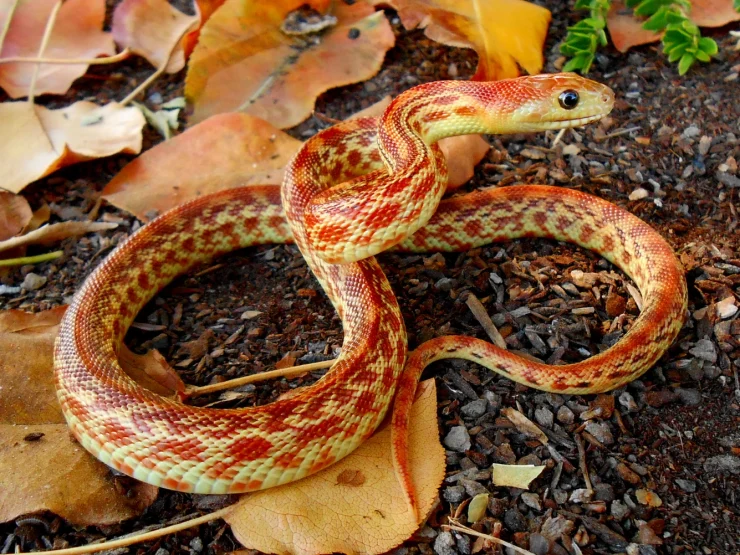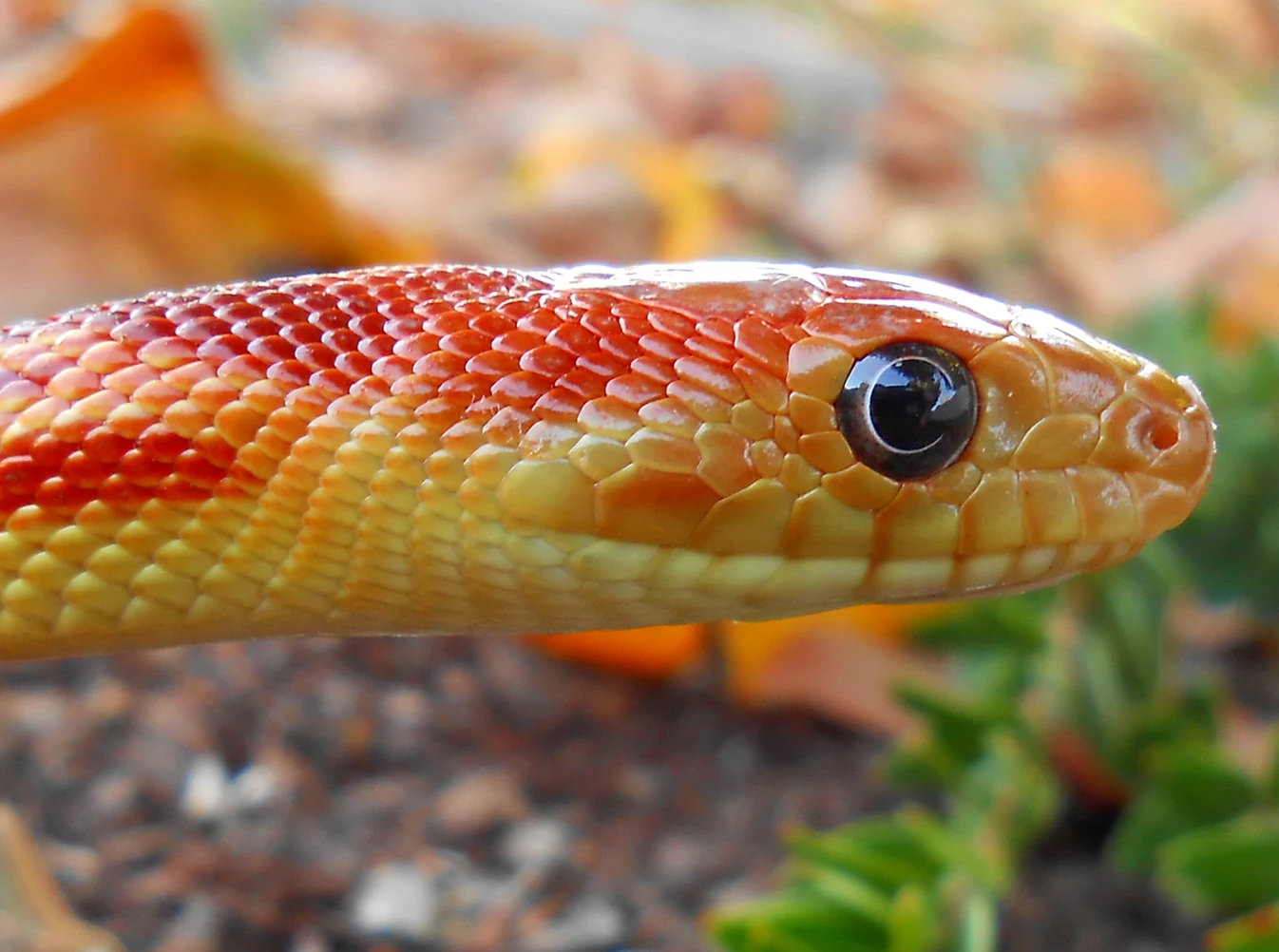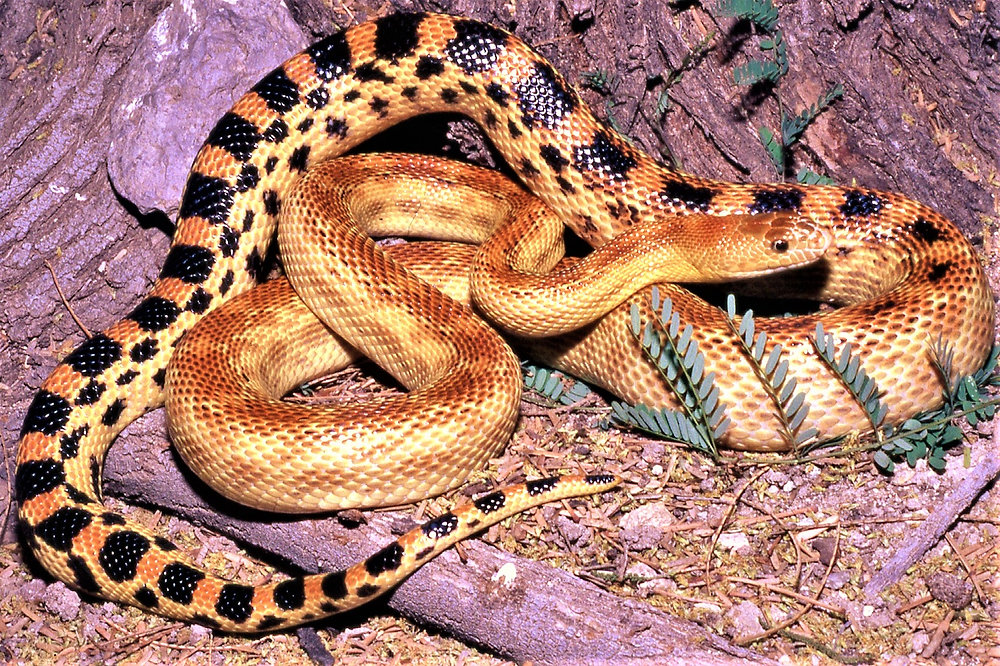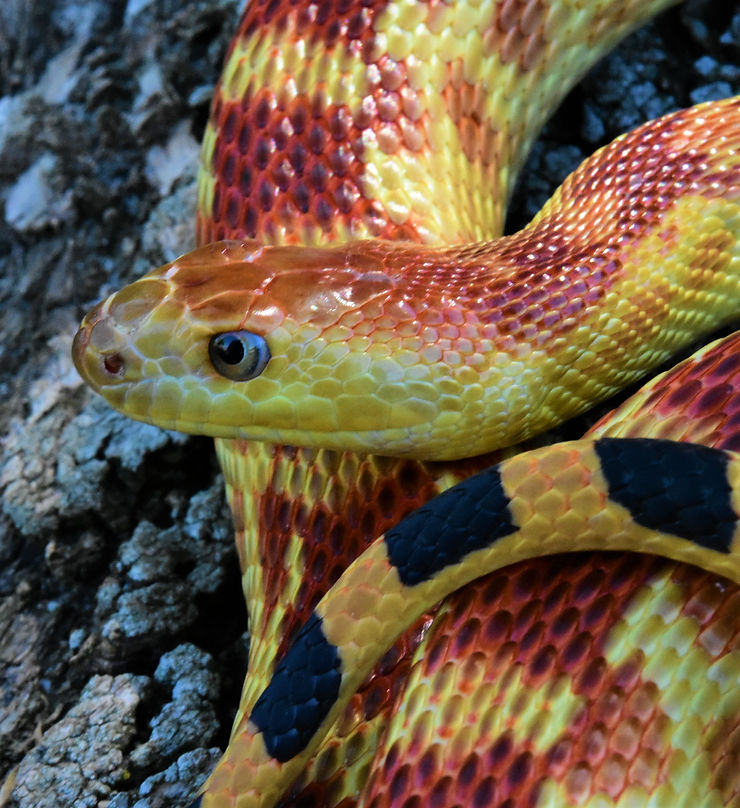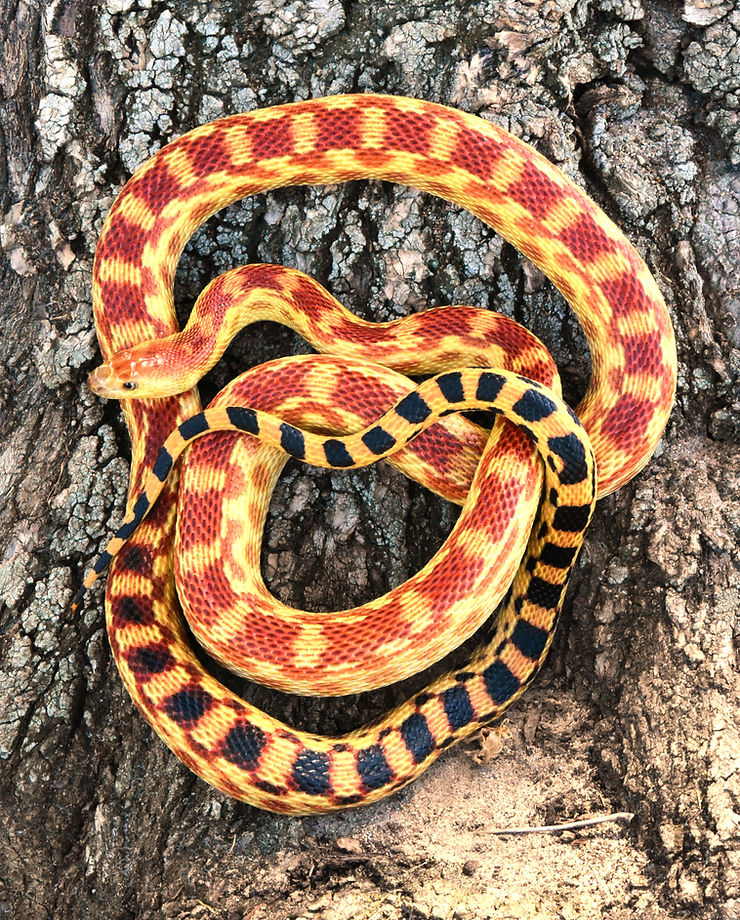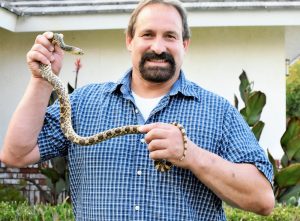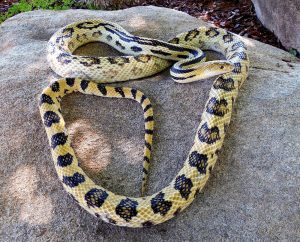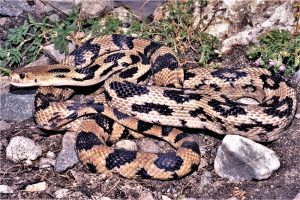The Cape Gopher snake is a constrictor feeding primarily on young or small mammals and birds. Even so, there are reports of small frog species such as Hyla regilla and lizards such as Uta stansburiana that are also prey to this species. In captivity, cannibalism has been reported and gopher snakes have been photographed eating others of their same species. Occassionally, other smaller snakes species are also eaten.
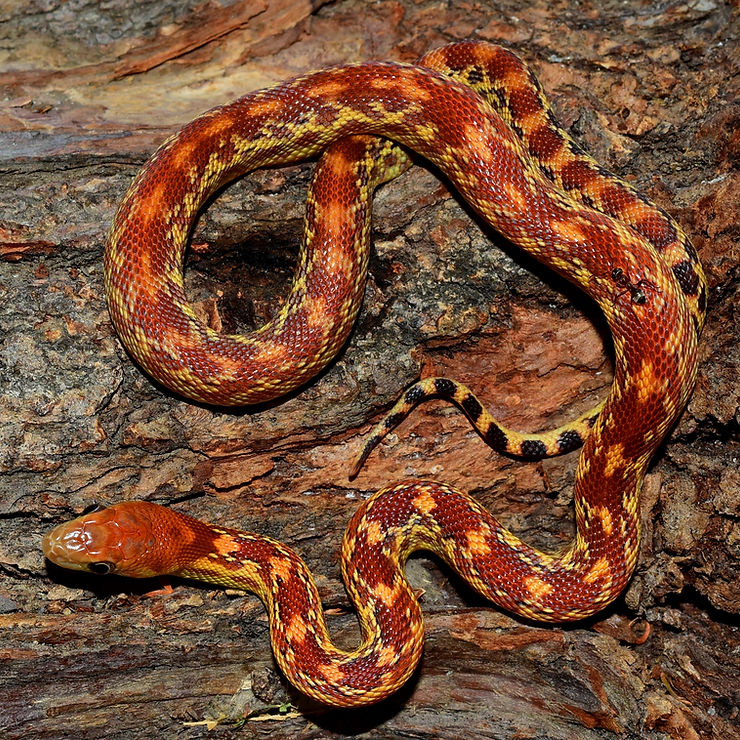
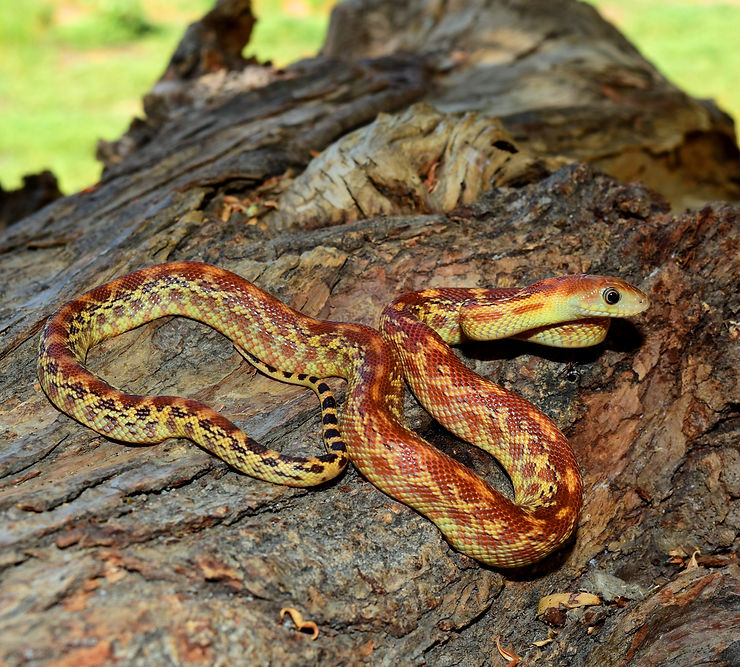
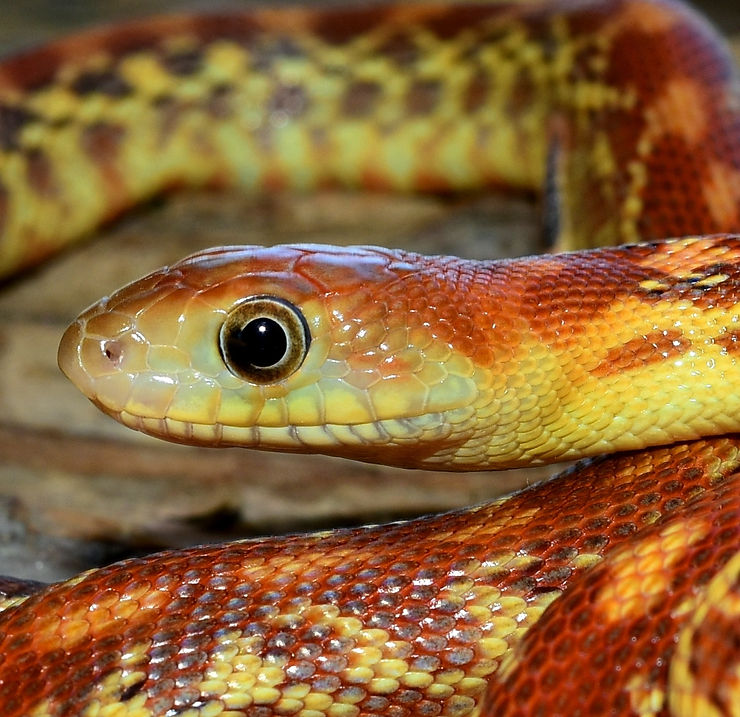
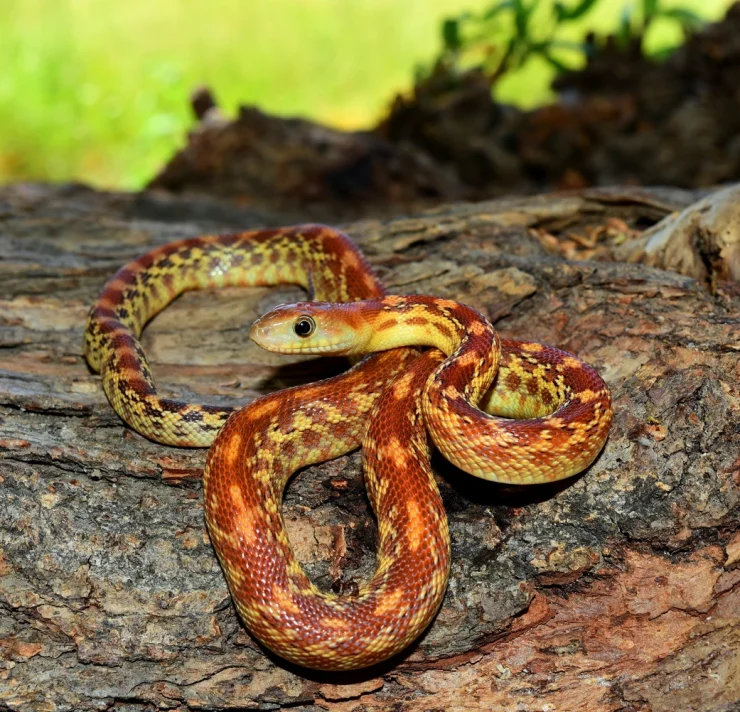
http://www.flickr.com/photos/hghjim/2403788575/in/set-72157603233540189 http://www.sdnhm.org/archive/research/herpetology/record_detail.php?herp_id=92 http://www.flickr.com/photos/hghjim/2046134988/in/set-72157603233540189
http://userdisk.webry.biglobe.ne.jp/006/078/03/N000/000/002/132222621523513114823_CapeGopherFemale01-01.JPG
http://herpsupply.at.webry.info/201111/article_15.html
The upper scales are well keeled, becoming less so laterally and toward the belly.
– Scales at mid-body: 31-35 (usually 33)
– Ventrals:
– Females: 246-257 (Grismer 2002)
– Males: 238-251
– Prefrontals: 4 (usually)
– Anal Plate: Entire
– Subcaudals:
– Females: 56-63 (Usually all subcaudals are divided down the center of the tail)
– Males: 60-72
– Supralabials: 8-10 (5th one nearly always contacts eye)
– Preoculars: 3-5 (usually 3)
– Infralabials: 11-15 (usually 13)
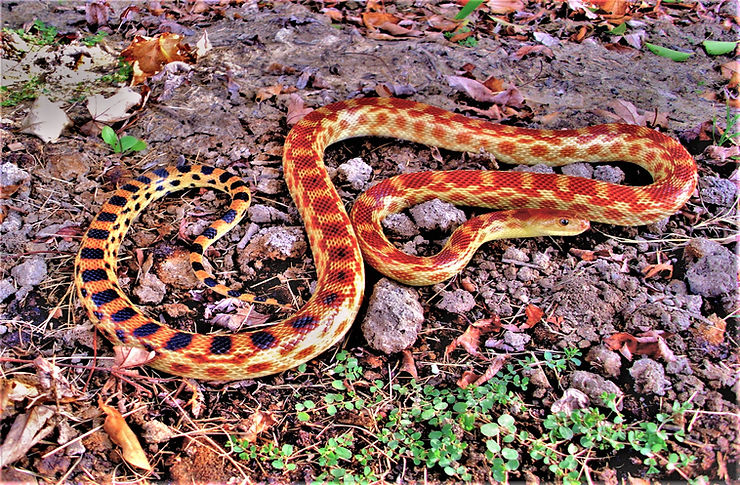
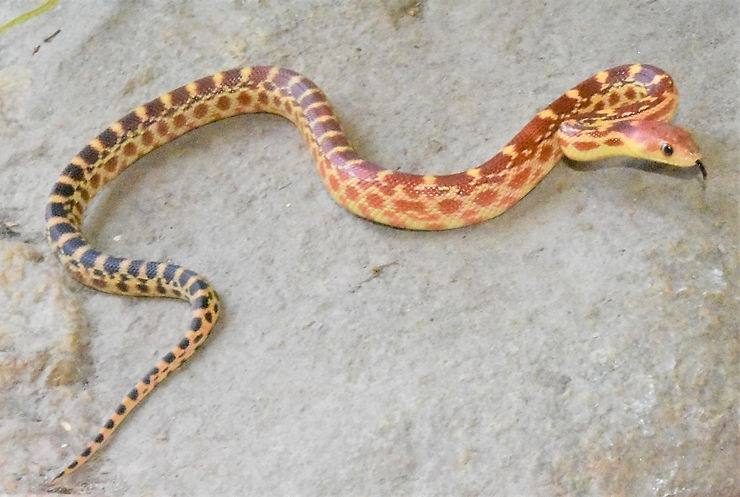
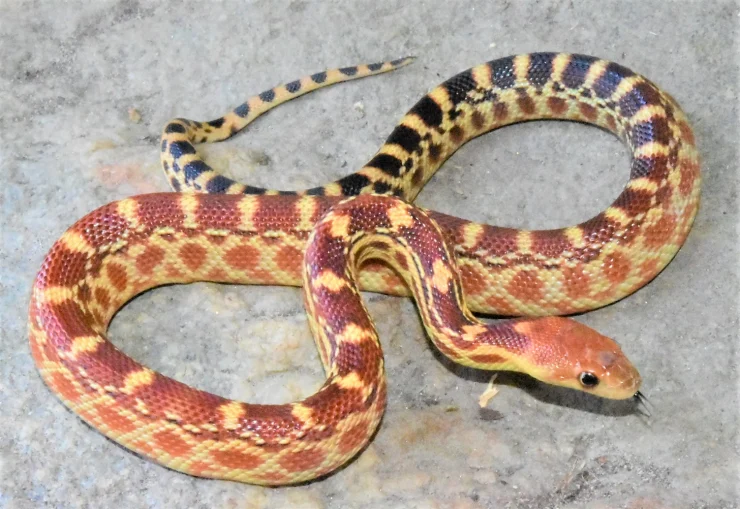
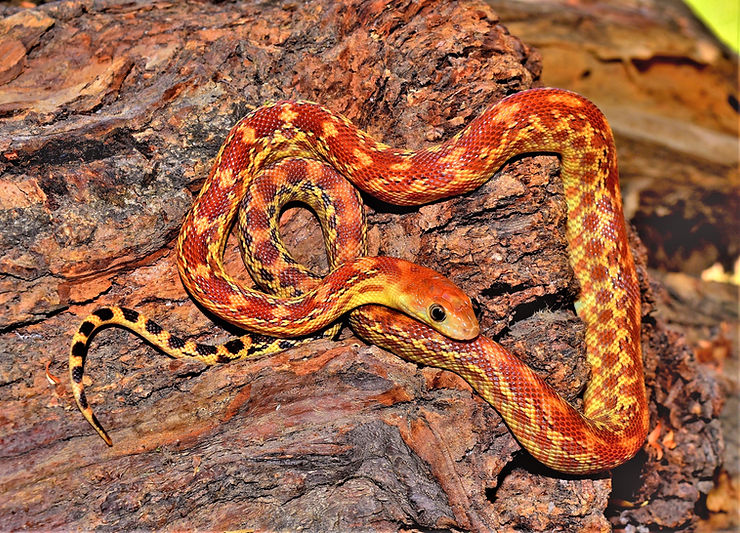
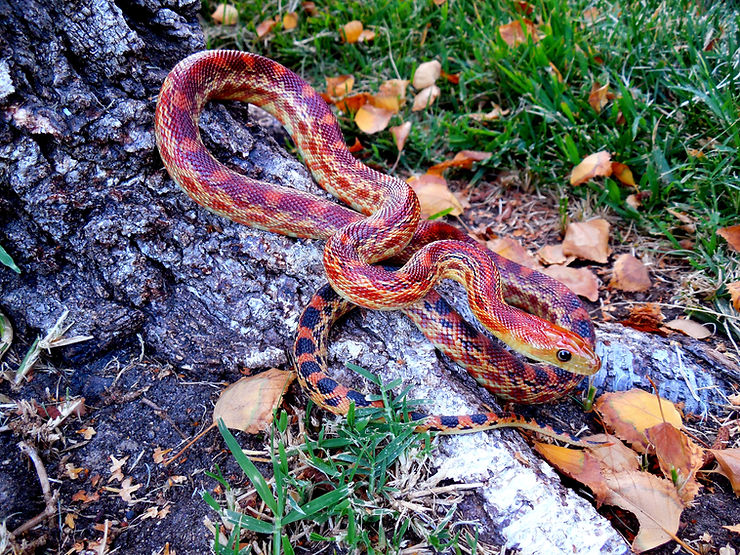
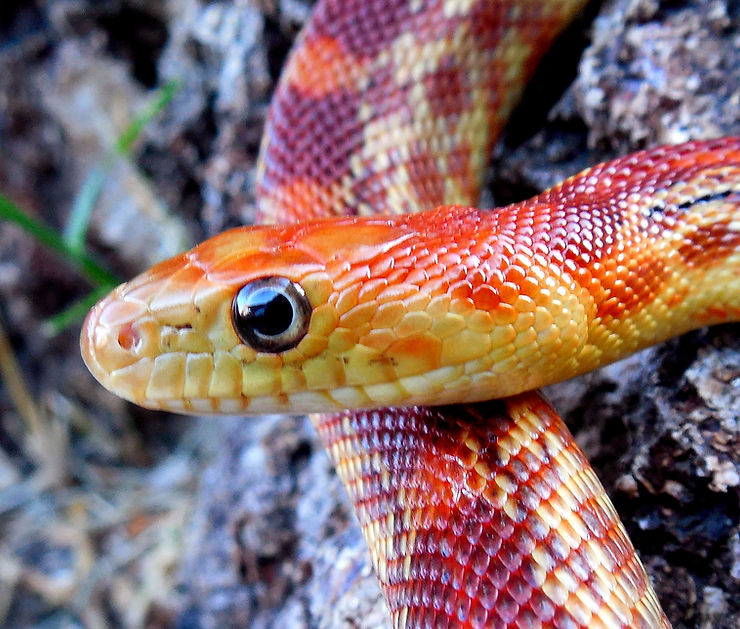
Some breeder sites: http://snakesnmoresnakes.blogspot.co.uk/2009/01/bull-snake-breeders-and-links-to-their.html
Range Description, See this site: http://eol.org/pages/791056/overview
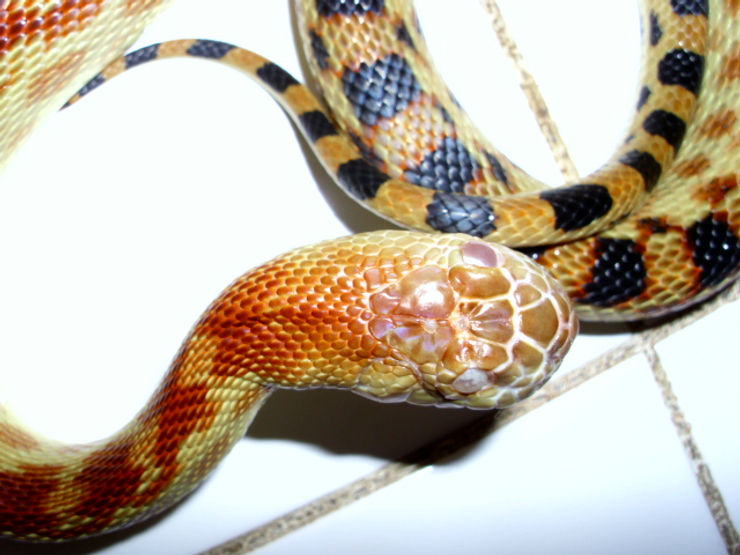
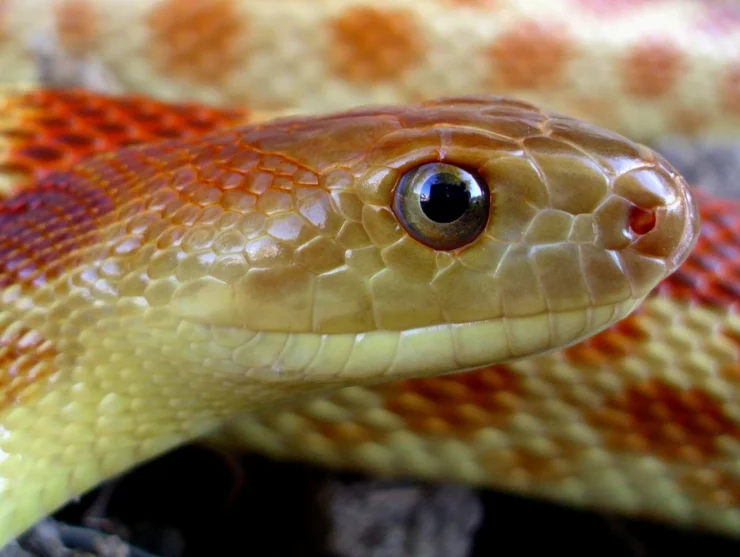
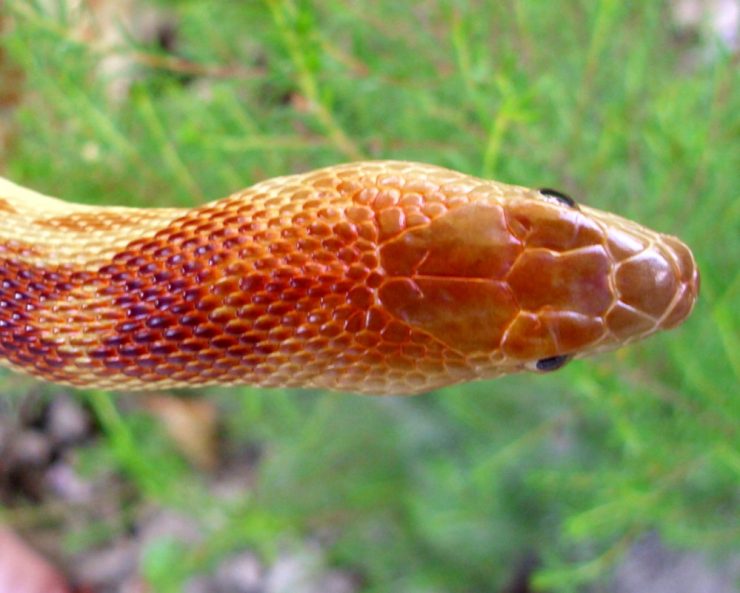
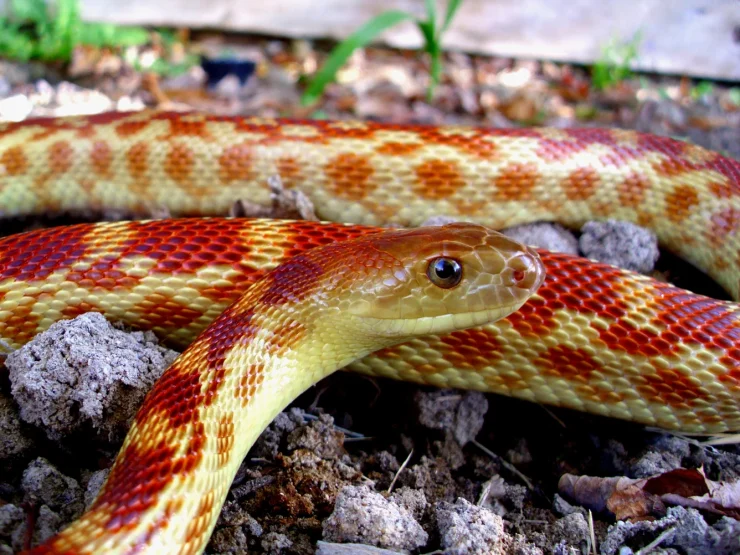
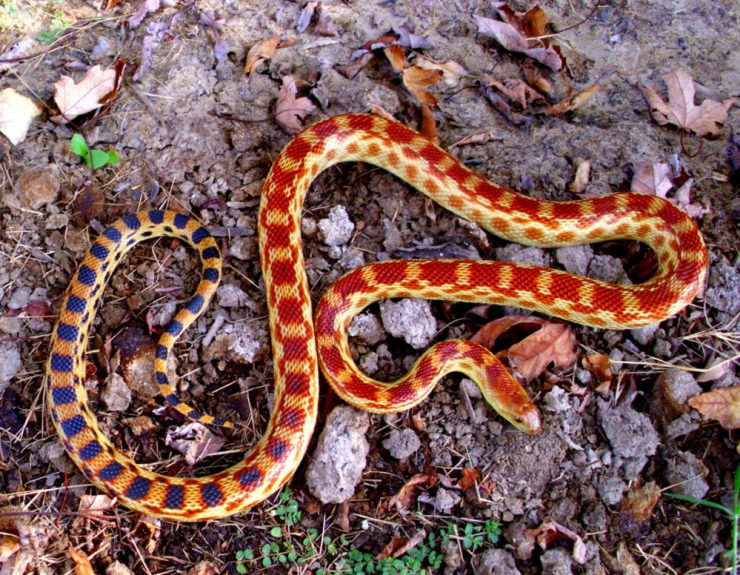
Vertebralis area south of Lat. 24′ 20′ N.(T. Moisi)
“The species ranges through most of the Baja California peninsula in Mexico, from southern El Rosario southward to Cabo San Lucas. The population in the north at Valle La Trinidad is not disjunct, but is connected through the interior valley to the main range of the species. It also occurs on the Pacific islands of Magdalena and Santa Margarita as well the island of San Jose in the Gulf of California, Mexico.”
Baja California Gopher Snake – Pituophis catenifer vertebralis
Hirschkorn & Skubowius, 2011
